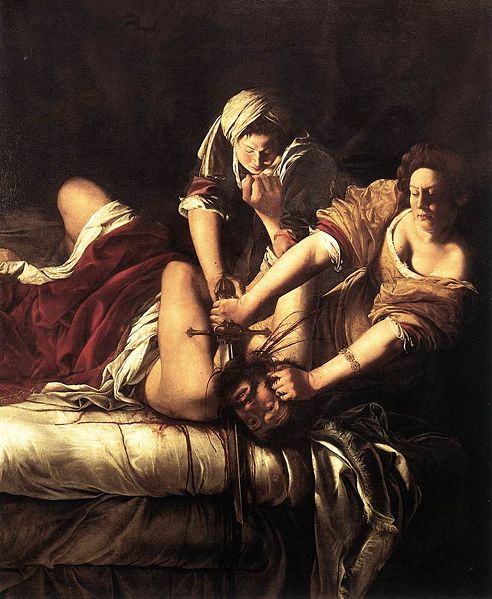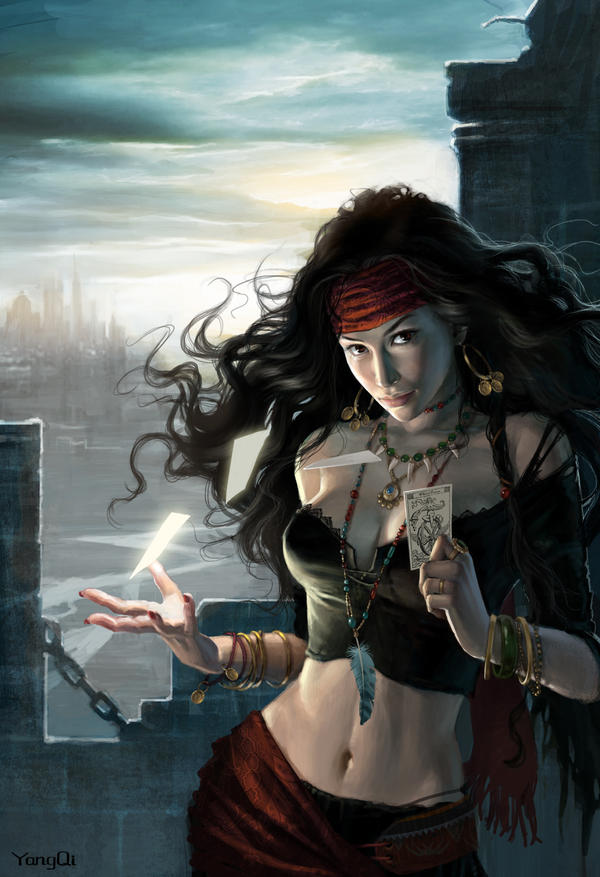A schizoid episode feels a lot like being Animal. Please do not read that sentence as some great piece of Jungian philosophy, or Animistic Theology.
I really do mean the Muppet.
Thankfully, I married Floyd.
Above, the characters of Animal and Floyd, along with Jason Segel, the writer and star of "The Muppets" (2011) He plays Gary, the human roommate of new Muppet (and representative of every Muppet fan ever), Walter.
July 17, 2008:
Blew tire on the way into work. Sidewall of driver's side front tire was gashed to hell and back. This, after brakes failed on Monday. Brake lines "broke" and needed replaced kinda all-of-a-sudden like.
Beginning to suspect somebody is trying to kill me. Too many coincidences for one week. Not to my liking. Not one bit. However, if I am right (and, for a paranoid nut-case, I'm accurate a surprising amount of the time) the attempts to kill me thus far have been made of FAIL with FAIL SAUCE and a side of FAIL. I'm still here. That means I win. Better luck tomorrow.
Husband is beginning to suspect they need to up my medication.
Sick. Tired. Confused. Confuse and scare too easily. Soul is aching. Want to sleep. Want to not have to worry ever again... but really don't want to give some asshole the satisfaction of being the one to get the victory. Want the world to make sense again. Not quite sure how to do that.
It's late. I should sleep. Maybe the brain will settle back into place if I unplug it and run a solid defrag...
I could provide dozens of miniature essays like the one above. When mood disoder swings downward and my perception of the world around me isn't on-track, my worldview becomes a dingy, folded, black-and-white photograph, with dark clouds on the horizon. Like a dream or a hallucination that you can't walk out of, everything in this gray version of the world seems to be correct, and you wonder if this is the way it always was. Were the bright colors of happiness, faith in myself, and interconnectedness with others simply some sort of altered reality? Am I I'm only now seeing true reality through unclouded eyes? Which one is the truth?
Several years ago, I was diagnosed by a psychiatrist with
Schizoaffective disorder. This is a sort of schizophrenia that combines with a bi-polar like mood disorder: unmedicated, the highs are exquisite, the lows are crushing. and reality may or may not be what you think it is.
When this happens, I turn to my husband Rob, as a mirror and a second set of eyes, and let him know what I'm seeing, what I'm feeling. Just talking about it and letting him step into my world and understand it, lets me calibrate how far my reality has drifted from the commonly accepted one. With the skill of
Carl Rogers, he listens without harsh judgments or ridicule. Even if the Schizoid reality is pure fantasy, it's often fascinating. Beautiful or scary, my brain writes some really interesting material.
Without judging what the "realness" of my experiences, he encouraged me to draw the people, places, and things I see on the other side, and the characters that I talk to, be they aliens, gods, angels, or restless spirits. Taking my own, unique strangeness and using it to fuel my artwork became a way to divert the river, and a way to show others the world I see. If it's real, now you can see it, too. I'm sharing that with you. If it isn't real, maybe you can enjoy what I'm showing you anyway.
The explanations ceased to matter. We both know that I see the world the way I see it, and, instead of becoming something terrible that I can't control, it becomes an inside story we share, and continue to share with those who want to look long enough to step into that world, too. Sometimes, they tell me that they see the same beings the way I do, and my pieces show the life and form, expressions and thoughts to others who would like to see but can't. I
"give it a name." *
It's a serious mental illness, or it's a gift, but Rob never chose to decide. He listens, he looks at the artwork, and he encourages me in every way he can. He fell in love with that world, and wants to give everyone else the chance to fall in love with it, too.
When we went to see
the new Muppet movie that was released last year (2011) (called, simply enough,
"The Muppets,") one part really sang to us. Since the last time we'd seen them,
Animal was diagnosed with rage issues, and is found alongside comedian
Jack Black in an anger management class. Like me, he is trying to stay "in control" of his world, his emotions, and his reactions to them. He struggles with this throughout the entire movie, until his band mate and closest friend,
Floyd, hands him a pair of drumsticks and tells him, "You know what to do."
Animal, of course, does what he's always done, and the only thing that makes him truly happy: plays drums.
He reflected back to me the same things I feel, but don't know how to talk about. He "gave it a name."
Walking out of the theater, I turned to Rob and thanked him for being my Floyd, for "handing me the drumsticks," when I really need to just "play drums." For me, those drumsticks are paint brushes, but when I play them, I can
give it a name...
Seeing somebody else's art that speaks truth allows me to see their world, and shows me that, in our core, we are not so different. We can all give it a name.
"One nation under a groove." -George Clinton.
----------------------------------
*In the movie, Things To Do in Denver When You’re Dead, screenwriter Rosenberg uses
“Give it a name,” which betokens affirmation and endorsement. It means “You got that shit right,” “Tell it like it is,” or “Word.” It seconds the motion on a thing that needed to be said. And if it wasn’t already in use before Rosenberg adapted it, well, it should have been. The same phrase, used the same way, also appears in In the short story “Ulysses and the Dogman” by O. Henry, and “Ulysses" by James Joyce.
 "Soon we all will die. All our hopes and fears will be irrelevant. In the illuminous continuity of existence, which has no origin and which has never died, Humans project all the images of live and death, terror and joy, demons and gods. These images become our complete reality, and we submit, without thinking, to their dance. In all the movements of this dance we project our fears, and we make every effort to ignore it.
Anything that has a shape will crumble away. Anything in a flock will disband. We're all like bees, alone in this world, buzzing and searching with no place to rest, so easily caught in a net of confused pain. So we offer this prayer: Delusions are as various as the reflections of the moon on a rippling sea. May I develop compassion as boundless as the sky, so that all may rest in the clear light of their awareness." --Bardo Thodol
"Soon we all will die. All our hopes and fears will be irrelevant. In the illuminous continuity of existence, which has no origin and which has never died, Humans project all the images of live and death, terror and joy, demons and gods. These images become our complete reality, and we submit, without thinking, to their dance. In all the movements of this dance we project our fears, and we make every effort to ignore it.
Anything that has a shape will crumble away. Anything in a flock will disband. We're all like bees, alone in this world, buzzing and searching with no place to rest, so easily caught in a net of confused pain. So we offer this prayer: Delusions are as various as the reflections of the moon on a rippling sea. May I develop compassion as boundless as the sky, so that all may rest in the clear light of their awareness." --Bardo Thodol






















